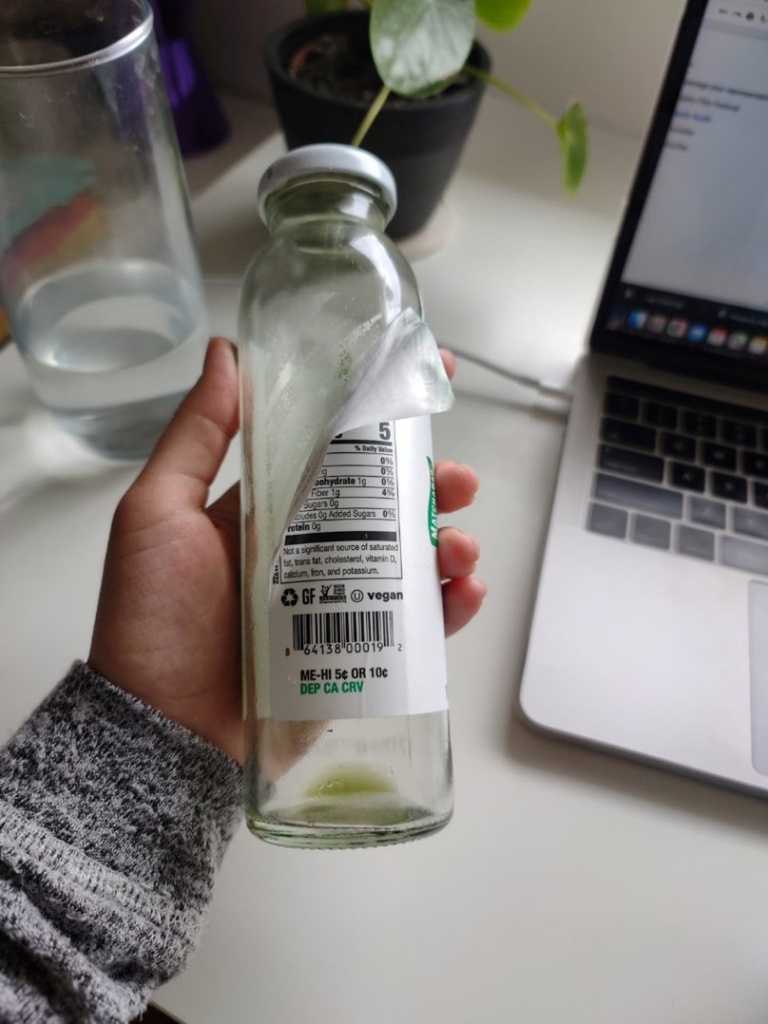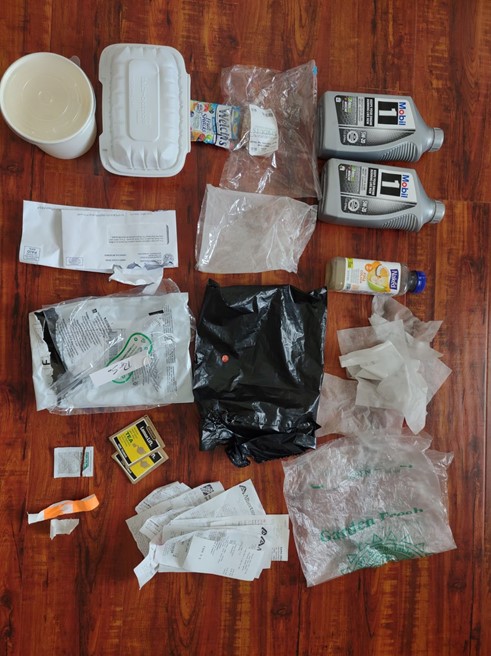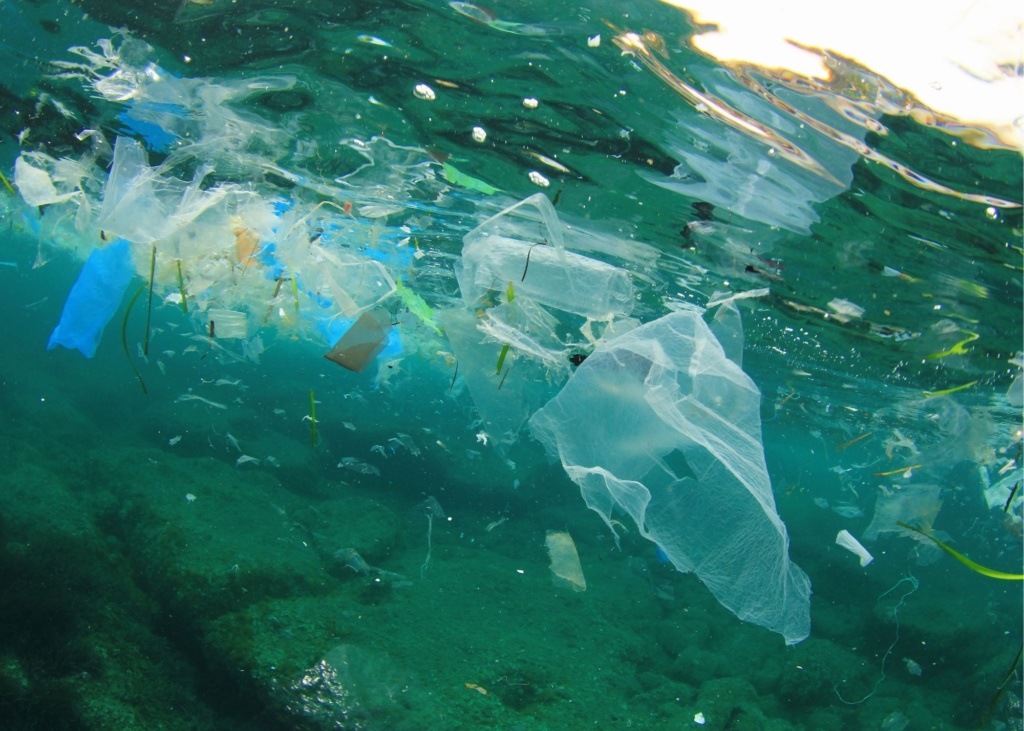The news headlines about plastic are grim. A dead whale with 33 pounds of plastic in its stomach; a seal with a frisbee stuck around its neck; microplastics found in the meat and milk we consume. Each of us feels the weight of the plastic crisis and wants to take action. We’ve said no to plastic packaging and found plastic-free alternatives to common household items. But what can we do beyond recycling and limiting our own dependence on single-use plastics? How do we level up our individual actions? We’ve outlined a few ways to channel your positive energy into effective plastic-fighting advocacy campaigns that build upon your everyday efforts.
Have a conversation
A meaningful conversation can be an effective way to promote plastic reduction efforts in your area. Do you like a particular product or store, but you wish they would reduce or eliminate their use of plastic? Take a moment to ask the business to consider reducing their packaging or switching to a reusable alternative. Talk, call, or send an email. Businesses may be resistant at first, but if they hear the same request from multiple customers, they may consider making some changes.
Spread Awareness While You Scroll
Digital platforms can be an effective way to advance plastic-reduction messaging. You’re likely on social media anyway, so pour a cup of tea and commit half an hour to liking and sharing plastic-related posts, articles, and videos that will have a positive ripple effect. Today, brands are sensitive about how they are perceived online, an awareness you can leverage to help create change.
- Make it personal. Write a sentence or two to personalize a post when you share or reshare.
- Tag people and businesses that you think may be interested.
- Use hashtags to broaden your reach.
Write a Letter to the Editor of Your Local Paper
Formulate a concise, fact-based letter that outlines your concerns about plastic and makes the issue personal and directly related to your community. Explain how readers in your area will be affected by the plastic crisis. Invite decision-makers to take action.
Engage in the Civic Process
Vote, Vote, Vote. Local elections have far-reaching effects. Support politicians who will prioritize the environment. Call or email your state representatives to voice your support for single-use plastic reduction policies or attend a city council or regional government meeting to make a public statement.



